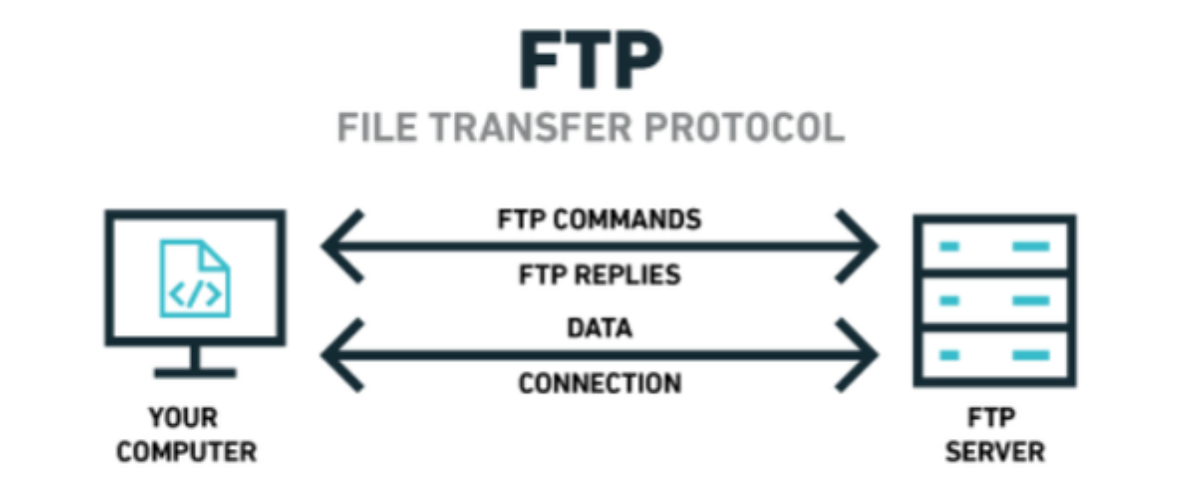
The End Of The FTP Era
Once upon a time, when the internet was still new and exciting, it was common to see FTP servers in use for storing and sharing files. But as the internet has continued to evolve, so has the way we share files. Today, we have WebDAV, Dropbox, and FileZilla, all of which simplify the process of sharing files online.
The internet may be full of server space, but it’s not taking up all the disk space on your computer. The latest versions of Windows, macOS, and Linux can all handle FTP sites, but it doesn’t mean you should use the archaic protocol. Does this mean the FTP had ended?
A Flashback From The Past: the FTP Era
The file transfer protocol (FTP) has been around for over 30 years–and it’s about to go the way of the dinosaur. Well, there are reasons behind the changes that will make FTP-based file-sharing a thing of the past. But before that, let’s revisit the era where FTP has bloomed and flourished.
FTP (File Transfer Protocol) is one of those protocols that has been around since the dawn of the internet. It was first created in 1984 by an English computer scientist named Jim Ellis. Since then, it has become the standard way to transfer files between computers, and it has been integrated into many other protocols, including HTTP, RMA, Telnet, and SMTP. FTP’s evolution over the past decade has been remarkable, a testament to the fact that the protocol keeps evolving in order to meet the ever-changing needs of its users.
The story of the FTP has been a long and gripping one. Even its roots are debated. It started as a simple protocol, one that provided a means of transferring a file between two machines. But it quickly grew, and in the blink of an eye, spawned a whole host of progeny, all vying for the top spot. Cute little acronyms, like FTP, FTPS, FTP‐over‐SSL, FTPS, FTP‐S, FTP‐SFTP, FTP‐R, and others, emerged and proved to be useful tools.
However, the era of FTP has come to an end. The last FTP server has just been decommissioned, and we can all stop pretending that the FTP protocol still has anything to offer us. It is time to say goodbye to the days of the FTP and establish a more secure future.
What Ended the FTP Era?
For more than 20 years, the File Transfer Protocol (FTP) has provided a secure and efficient way of moving files between a client and a server. Even though FTP is easy to use, it’s not immune to security attacks. And as the number of security threats have grown, so has the size of the code required to implement secure FTP. In the last few years, the problem has come to the forefront of security discussions.
What happened to FTP? Why did internet service providers switch from using FTP to web-based file sharing? The prevailing answer is that security concerns have become so severe that FTP makes users vulnerable to attacks. It is now being replaced with web-based file-sharing services, like Dropbox.
The FTP protocol has been around for a long time, and a large proportion of its worldwide users have been using it. It was a standard protocol that all the different applications used to communicate with each other for the longest time. However, the rise of the internet changed how applications and users have been communicating with each other, and what was once a widely used protocol has slowly been phased out.
The FTP had End Yet Marks a New Beginning
We’re heading into a new era of the internet, one where we’ll be connected to the web through the cloud and on our cellphones.
As the old saying goes, “if it ain’t broke, don’t fix it.” But, like most things, FTP is a problem that appears to have been solved and then realized that it was actually broken. Now that the death of the FTP is upon us, is it one we should be embracing and celebrating? Well, there’s a bright side to everything.
The era of the FTP (or “FTP” as we often call it) is over. The once-ubiquitous, once-feared, once-iconic little fileserver, the server on all the networks of all the households and offices of all the companies and organizations of the world, is no more. Of course, it will be replaced, but even the replacement is going to be far more advanced than the lowly FTP server. With the advent of the World Wide Web, this protocol has been replaced by the HTTP protocol used by web browsers on computers.
The way we share files has changed drastically since the beginning of the internet, and it is quickly changing again. More and more people are turning to cloud storage services like Dropbox and Google Drive, and while these services provide a great way to save and share information, they are not without their problems.
You May Also Like

How WiFi is Helping with Assisted Living and Other Areas of Life
August 17, 2021
Advancements in the Way Information is Stored
February 6, 2021
